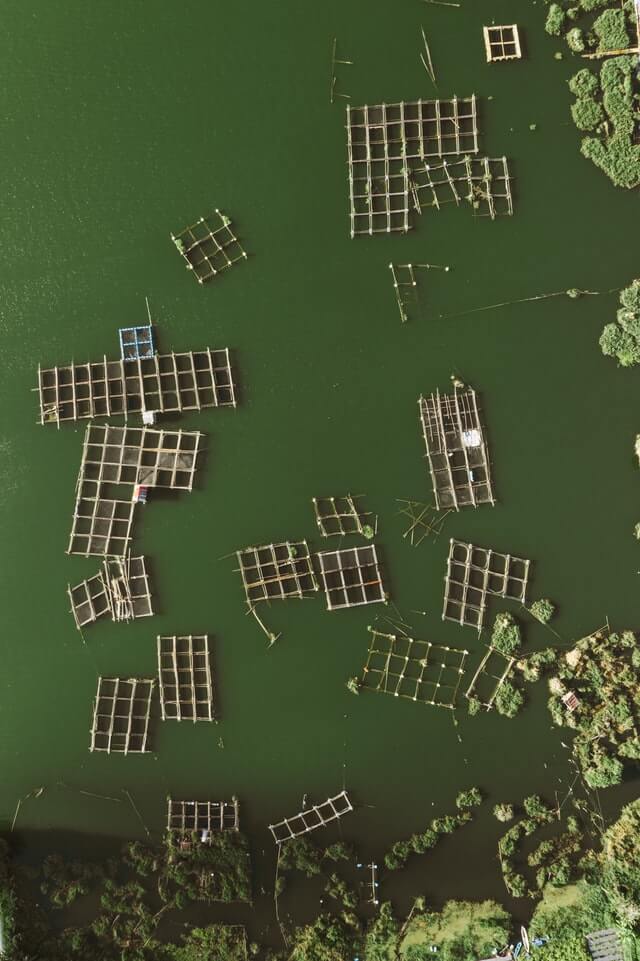New aquaculture wastewater treatment system helps the aquaculture industry meet increased supply
The demand for fish is increasing with global population. The aquaculture industry continues to adapt and innovate to increase supply. But with new approaches, better management of water is required to ensure long term production and to protect our oceans and land. Arvia’s Nyex technology can be applied to address various problems, including removing off-flavour compounds, lice control and persistent micropollutant removal.

